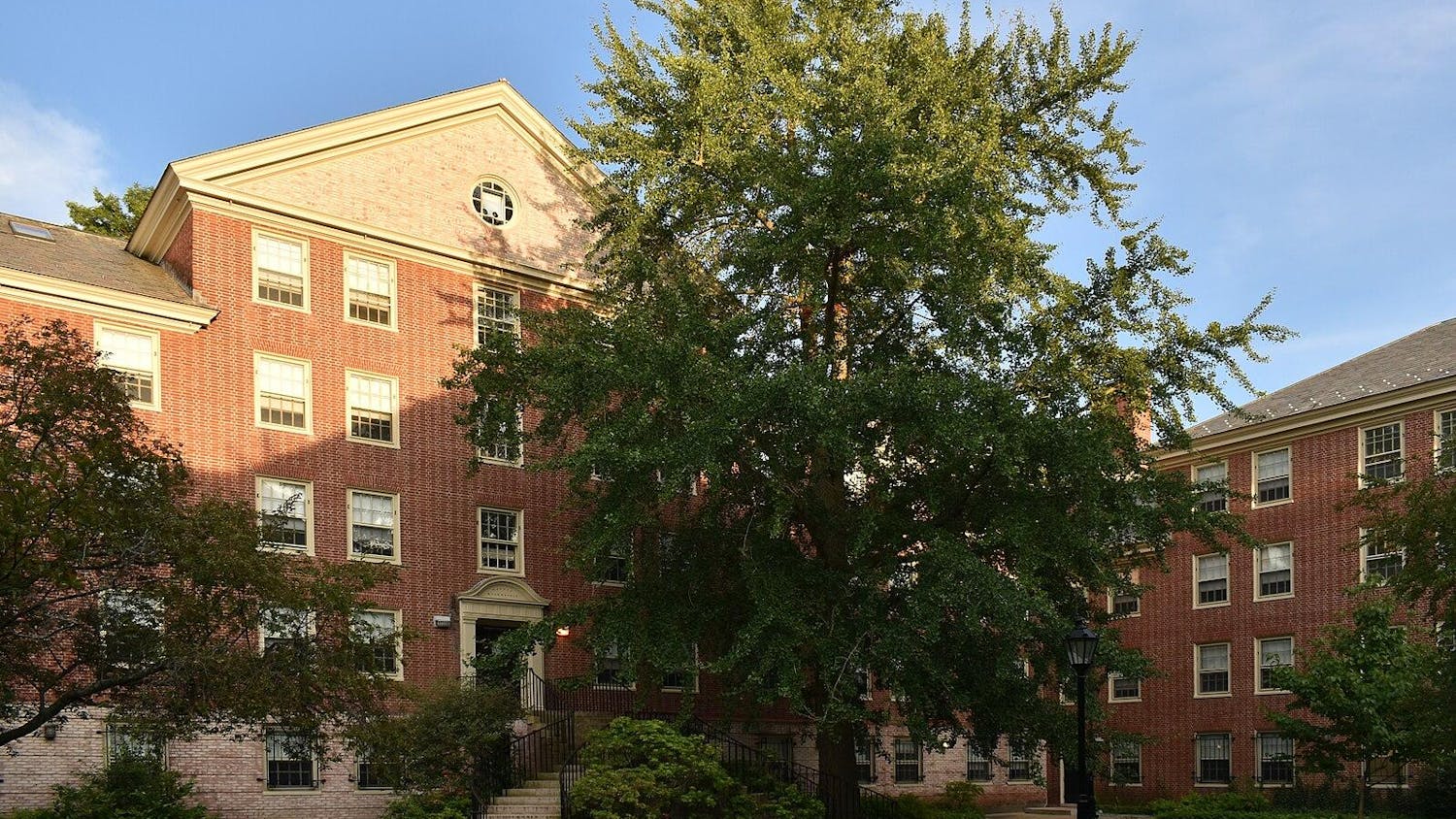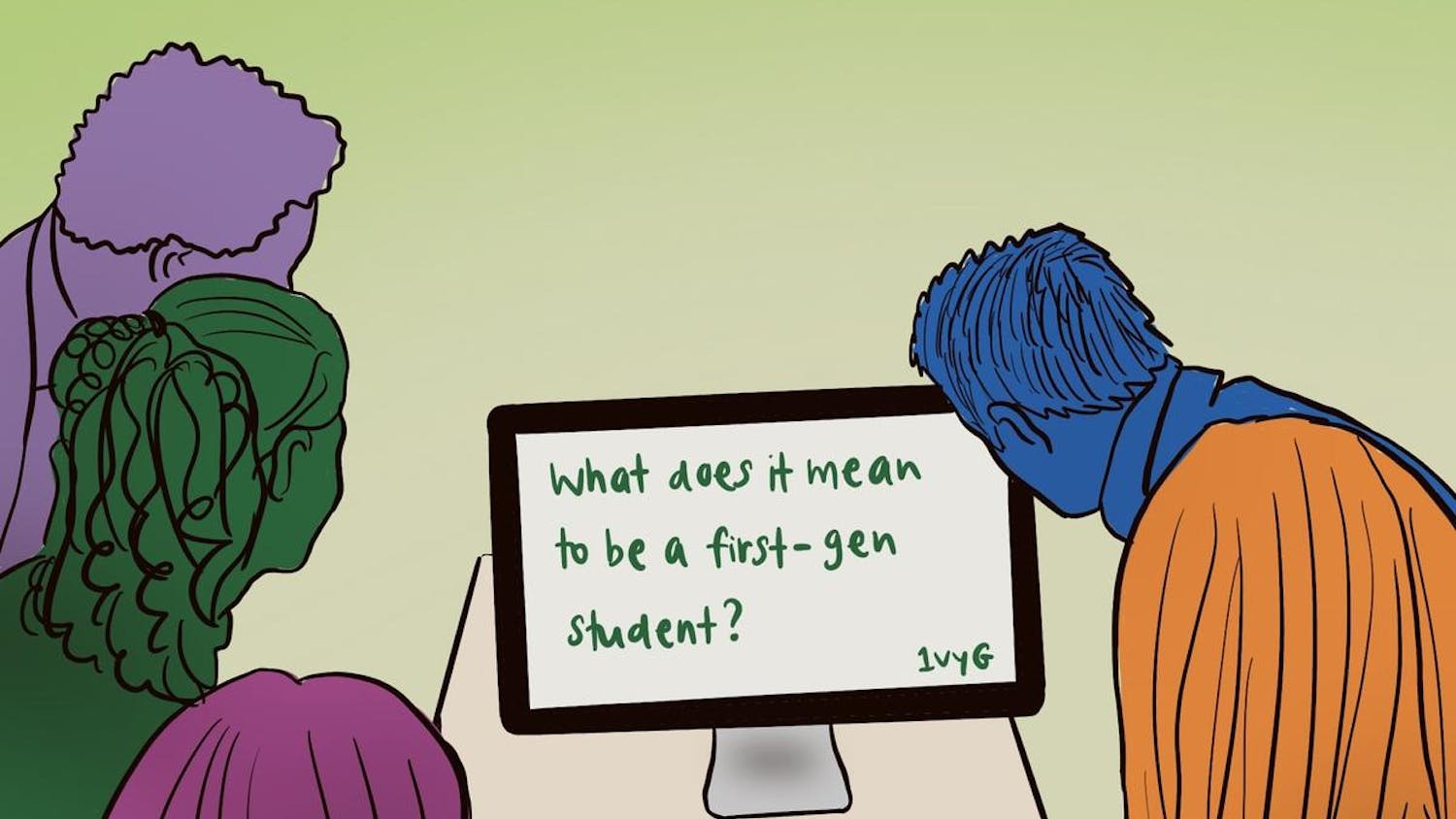Nearly 40 percent of students think the University's highest priority should be increasing financial aid, according to last month's Herald poll. Fifteen percent indicated the highest priority should be renovating on-campus housing, and close to 10 percent said the University should be primarily focused either building new on-campus residence halls or hiring more faculty. Slightly over 25 percent of students thought the University should prioritize other options, including improving classrooms and labs, improving food options or improving athletic facilities.
Administrators were not surprised by the results and stressed that University Hall also considers financial aid one of Brown's top priorities.
"It really is important. The University is much better if we can attract not only the most talented student body but the most diverse student body, including economic diversity, and a very strong financial aid program is pretty much at the heart of that," said Richard Spies, executive vice president for planning and senior adviser to the president.
Spies added financial aid is especially crucial now, given the recent recession. "There are very few students here who don't have to worry about it at all," he said.
"No one has ever come to us and said, ‘You've given us too much money, take some back,'" said James Tilton, director of financial aid. "Students and families continue to look for ways, creative ways, to pay for college, and it's always going to be stressful."
Forty-six percent of students receive need-based financial aid, according to Tilton.
"I work in the cafeteria and, if I had those hours back, I would be doing research and doing some other things on campus," she said.
The University's main priorities, spelled out in the Plan for Academic Enrichment, are improving undergraduate education, internationalization and strengthening academic programs and departments, Spies said. "One of the first initiatives for the Plan for Academic Enrichment was the introduction of need-blind admission."
"I think over time, Brown sort of has shown its commitment to financial aid," Tilton said, pointing to Brown's decision to go need-blind in 2003 and the financial aid initiatives of 2008 and 2009.
In the poll, seniors were most likely to prioritize financial aid. The class of 2011 was the last class before the financial aid initiatives were introduced in the 2008-09 school year that eliminated loans for families making less than $100,000 a year, Tilton said.
Seniors also meet with counselors in the student loan office to figure out how best to deal with paying back their loans, Tilton said.
Though improving financial aid is certainly a high priority, Spies cautioned that there is danger in only considering one option as a top priority.
"The idea of a plan is that there are multiple goals that you can work on simultaneously and that each makes the other better, and that's why I think to try to focus on one and only one is a mistake," Spies said. "If we have a great financial aid program but we're not keeping up with faculty competitiveness, then that's not a good result"
The University's is also hoping to continue strengthening and improving academic programs and academic offerings, Spies said. Recently, the University has turned its attention to areas including archaeology, life sciences, Africana studies and engineering.
Slightly less than 10 percent of students indicated the University's highest priority should be hiring new faculty. The percentage of seniors who felt this way was significantly higher than the percentage of first-years and sophomores.
"I'd be surprised and disappointed if you told me the opposite, that seniors were less inclined to think about faculty," Spies said. "Seniors understand more because they have more experience with the direct contact with faculty"
Across the board, students saw the improvement of current on-campus housing and the construction of new residence halls as priorities.
"The quality and quantity of dorms does have an effect on undergraduate education," Spies said. "When you have dorms that are both overcrowded and not in great shape, it can be a drag. So we need to do something. It always was part of the plan, but it's emerging as more urgent."
Only about 6 percent of students indicated improving athletic facilities should be the highest priority. The percentage of males who thought that athletic facilities should be the highest priority was significantly higher than the percentage of females.
"That doesn't surprise me," said Kayla Skinner '12. "Dudes spend more time at the gym. It's pretty self explanatory."
"I visited a lot of other schools, and their athletic facilities are a lot better than Brown's, and I think it is kind of a turn off for people who are looking at Brown to go visit the (Olney-Margolies Athletic Center)," Skinner said. "The OMAC is a joke. It really is. There are treadmills in the hallways."




